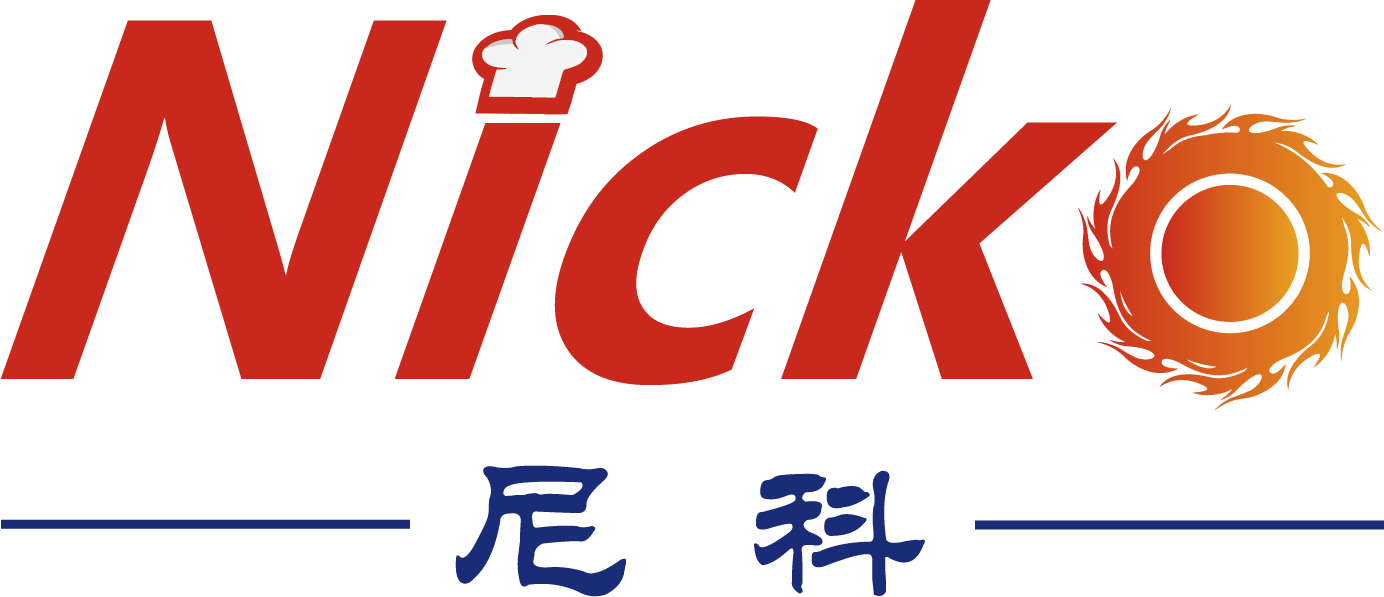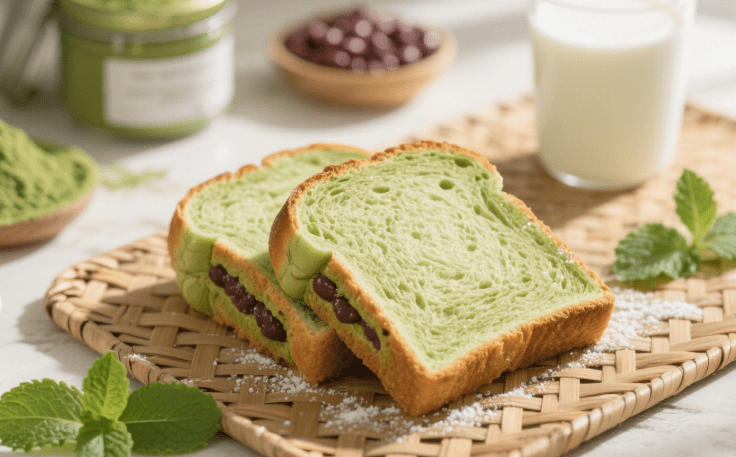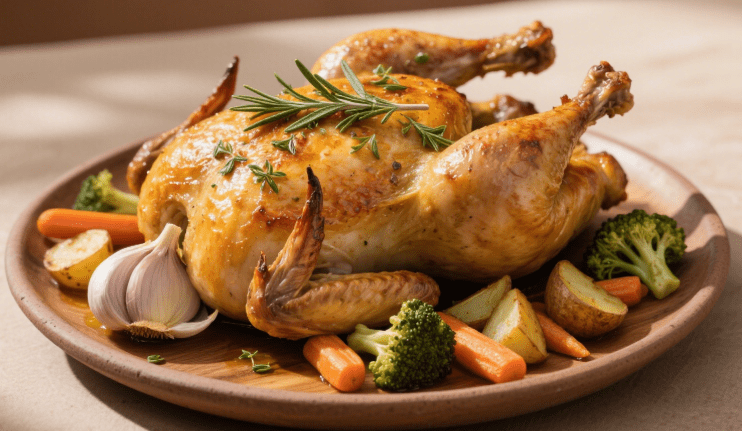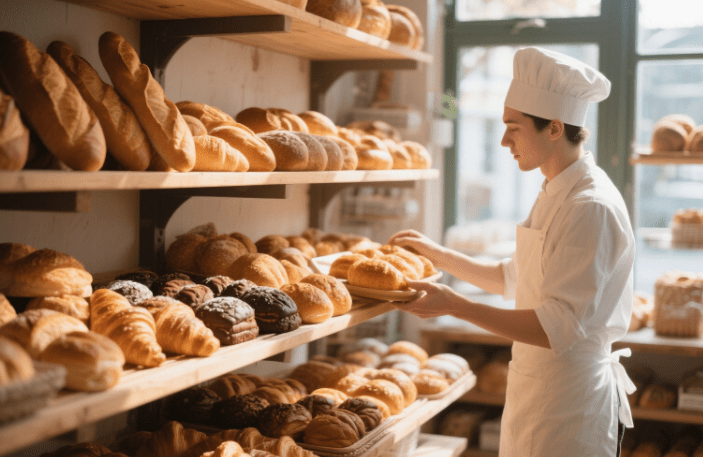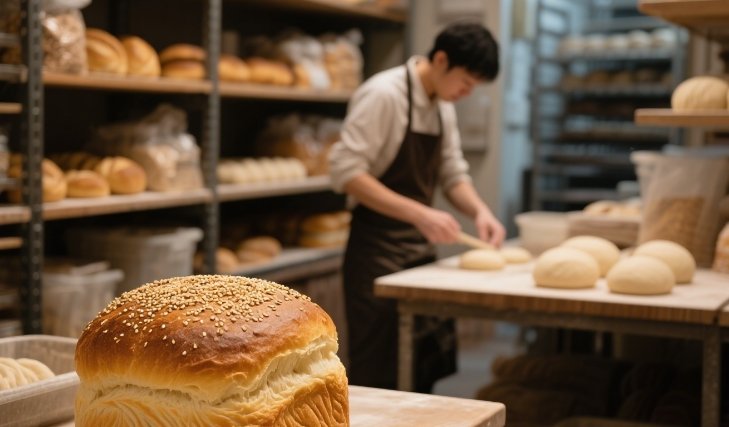Are you considering opening a bakery but confused about the difference between a “home oven” and a “commercial kitchen oven”? Are you shopping solely on price, only to find that the oven isn’t big enough, heats unevenly, and doesn’t meet your needs?
This article begins by explaining “What is a commercial kitchen oven?”, breaking down its core applications, and sharing five key purchasing tips to help you thoroughly understand the purchase of commercial kitchen ovens.
I. What Is a Commercial Kitchen Oven?
There are many types of commercial ovens, but what makes a commercial kitchen oven unique? A commercial kitchen oven is a professional baking device designed specifically for commercial catering and food production.
Unlike household ovens, it is built for efficient mass production, durability, and the ability to bake a wide range of food items.
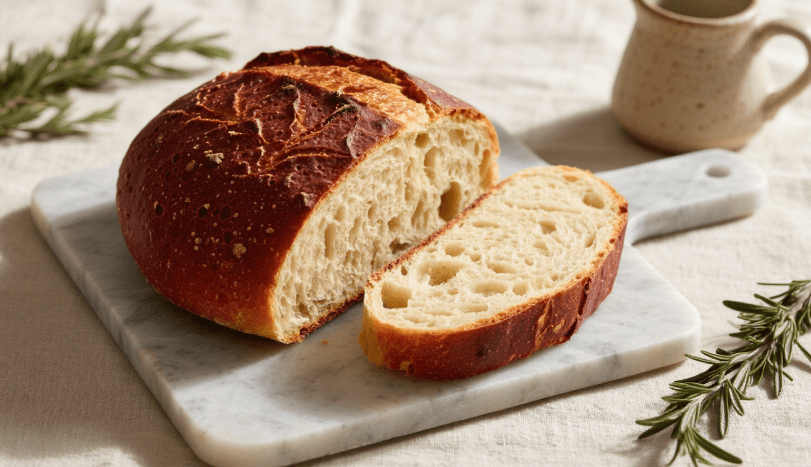
First, commercial kitchen ovens are engineered to meet commercial-grade production needs. As such, they require stronger heating power, the capacity to hold multiple baking trays, and support for long hours of continuous operation, while maintaining stable control over temperature and humidity.
Additionally, most commercial kitchen ovens feature food-grade 304 stainless steel interiors. This material is heat-resistant and easy to clean; when combined with functions like hot air circulation, independent temperature control, and steam capabilities, it is particularly well-suited for commercial baking.
II. Core Scenarios for Commercial Kitchen Ovens
So, are you a good fit for a commercial kitchen oven? Which users should consider purchasing this type of equipment? Below are the key scenarios where commercial kitchen ovens excel:
1. Small and Medium-Sized Catering & Baking Outlets
Including chain bakeries, cake shops, private baking studios, Western restaurants, and pizzerias.
These outlets need to bake a variety of items (e.g., bread, cakes, cookies, pizzas)—a task beyond the capability of household ovens.
Moreover, such scenarios often require medium production capacity (also unachievable with household ovens). However, compared to other scenarios, small and medium-sized catering outlets are advised to prioritize vertical deck ovens or small rotary ovens, as their compact design takes up less space.
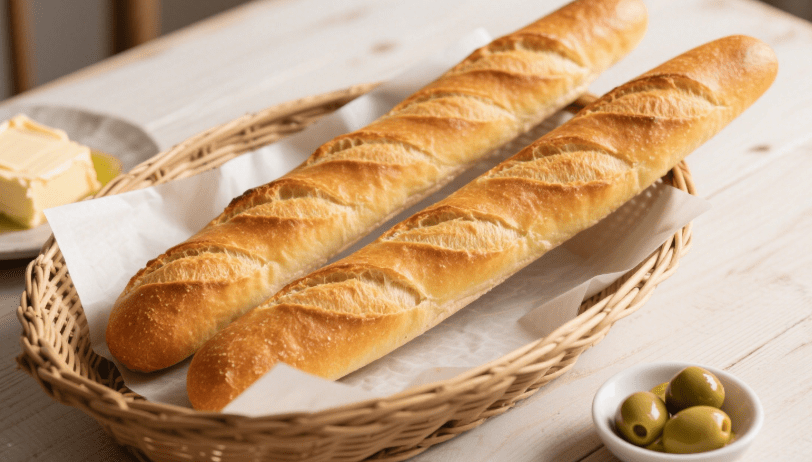
2. Medium-Sized Food Companies
Such as regional chain food factories, central kitchens, and medium-sized biscuit/pastry factories.
These companies typically require stable batch production (1,000–5,000 servings per day) and support for switching between multiple batches.
They usually need to purchase medium-sized rotary ovens (16–32 trays) or multiple sets of deck ovens, which are better suited for mass-producing standardized items like toast, cookies, and pastries (these products have relatively simple baking processes, making them ideal for large batches).
3. Large-Scale Industrial Food Processing Plants
Including national-level bakeries, biscuit factories, and frozen baked goods factories.
The core goal of large-scale industrial plants is uninterrupted continuous mass production (over 5,000 servings per day), which requires high automation to reduce labor and production costs. Additionally, baking these products often needs to be integrated with other production lines (e.g., bulk food packaging).
Suitable models: Tunnel ovens with automatic conveying systems, and large rotary ovens (64+ trays), used for assembly-line production of industrial-grade bread, cookies, and frozen pizzas.
4. Special Institutional Scenarios
Including school/company canteens, hotel kitchens, and central kitchens of catering chains.
Due to the diverse baking needs in these scenarios, the choice of commercial kitchen oven can be flexible based on actual requirements. For example, school canteens and hotels often opt for medium-capacity deck ovens, while central kitchens tend to equip temperature-controlled ovens suitable for pre-prepared meals.
Key Points for Buying a Commercial Kitchen Oven
1. Before purchasing a commercial kitchen oven, first determine its capacity and specifications. The current mainstream method is to base this on your outlet’s daily order volume and kitchen space. For instance, small bakeries can choose 1-deck-2-tray ovens, while large baking workshops should opt for multi-deck, high-capacity ovens.
2. Next, select the appropriate oven heating method based on the types of food you bake. If cookies are your signature product, a hot air circulation oven is suitable; if your bakery focuses on pizzas or cakes, an oven with independent top and bottom temperature control may be a better choice.
3. Precise temperature control is critical for baking any type of food, as different foods require different baking temperature conditions. It is recommended to prioritize ovens with a wide temperature control range and a precision of ±1–3℃, allowing for accurate temperature adjustments.
4. For commercial ovens, always prioritize models with 304 stainless steel interiors. Any bakery owner with operational experience will confirm this: stainless steel ovens are heat-resistant, corrosion-resistant, and easy to clean—saving you time and hassle. Ovens with enamel interiors, while good at heat retention, are fragile and not recommended.
5. When buying a commercial oven, do not focus solely on price; also evaluate key auxiliary functions. For example, an automatic timing function eliminates the need to constantly check on baking progress; a steam function prevents certain foods from drying out and losing their soft texture; and a fault alarm function, though rarely used, ensures safety in emergency situations.
Recommendation for Commercial Kitchen Ovens
As a former bakery operator, I recommend Nicko’s professional ovens. This company specializes in manufacturing commercial ovens and has over a decade of experience in the industry, with first-class expertise in manufacturing technology and quality control.
Nicko’s oven series: https://www.nicko.com.cn/products/oven/

